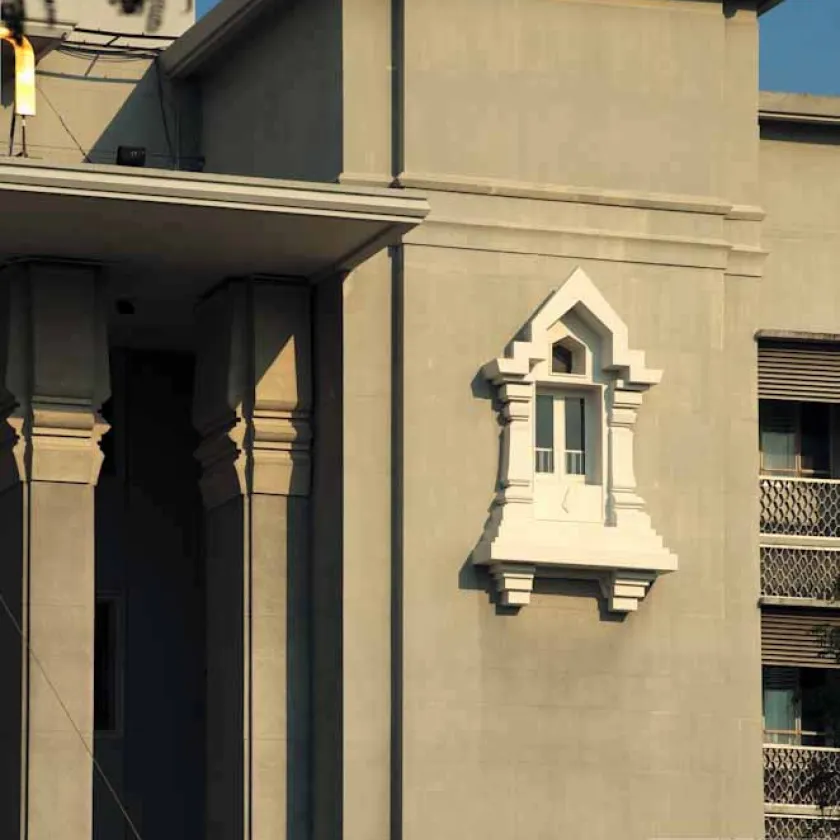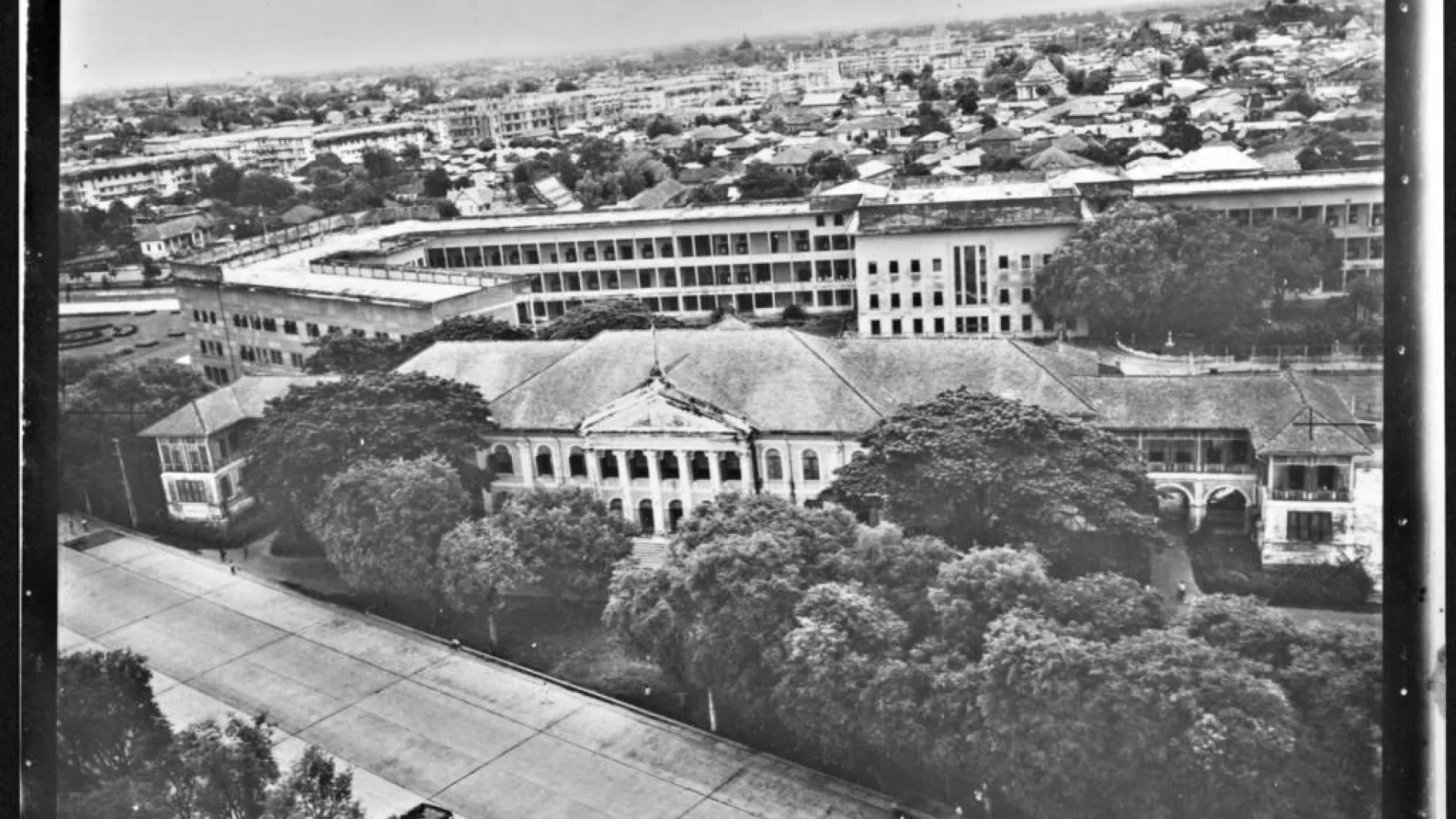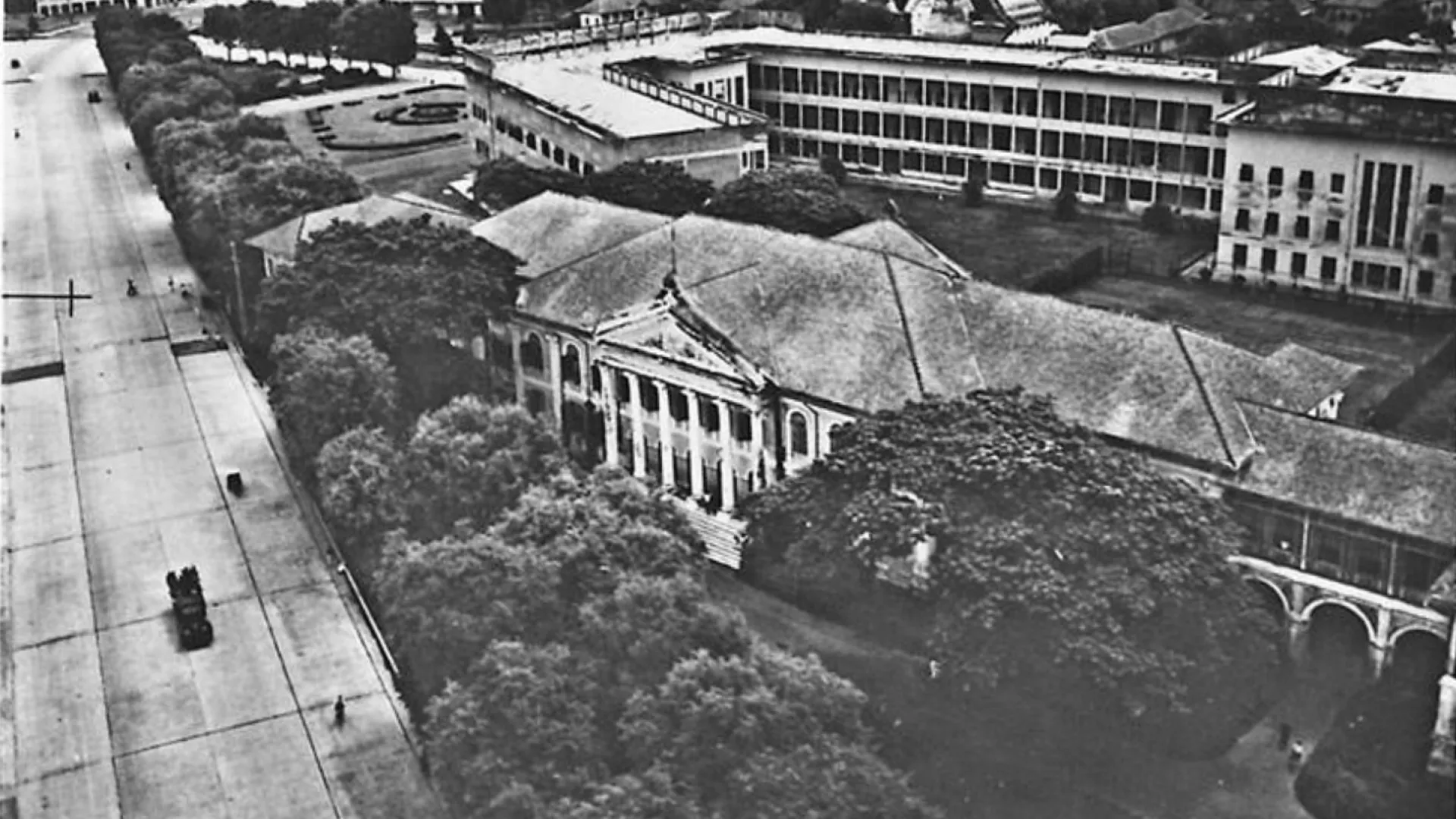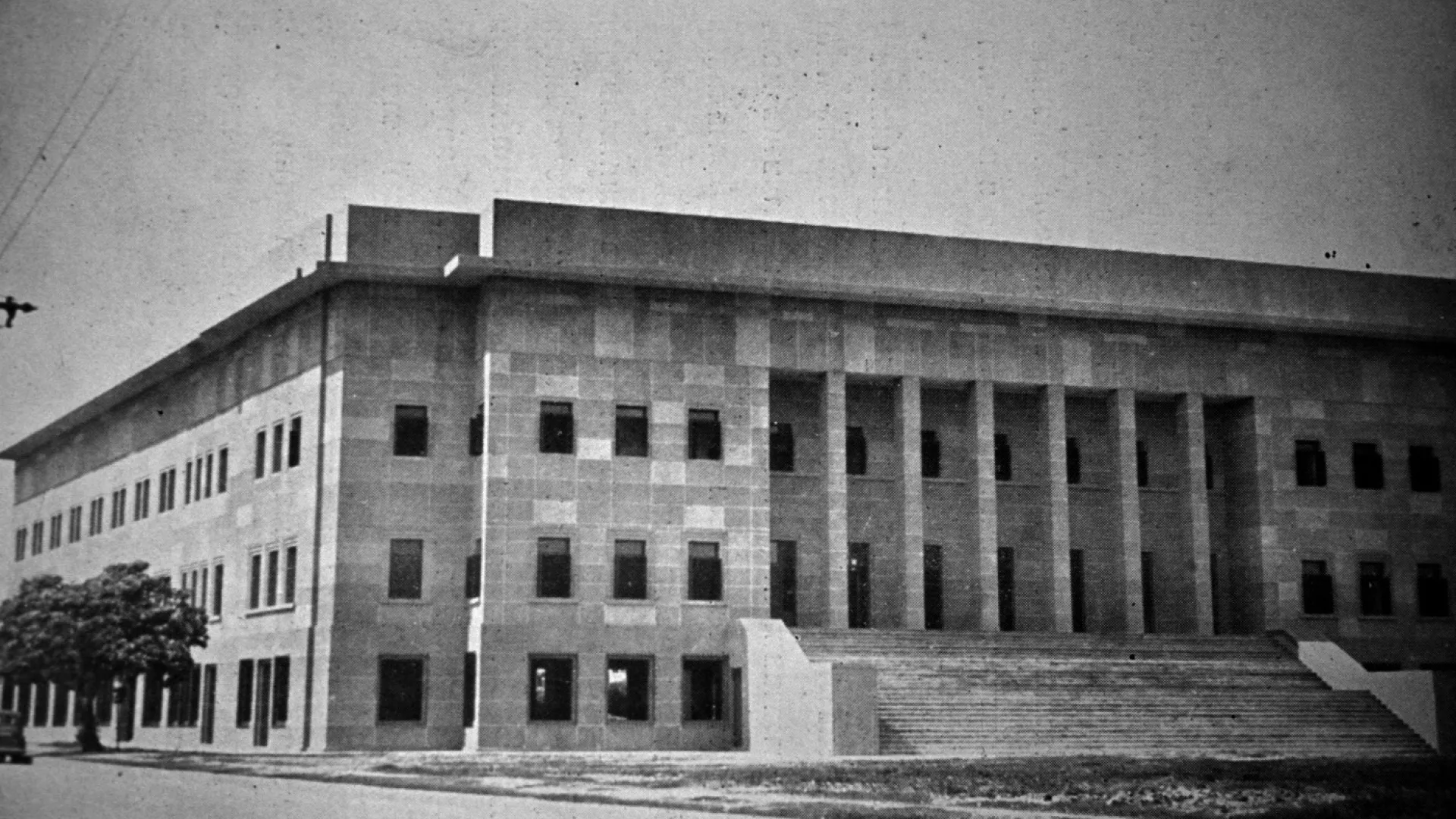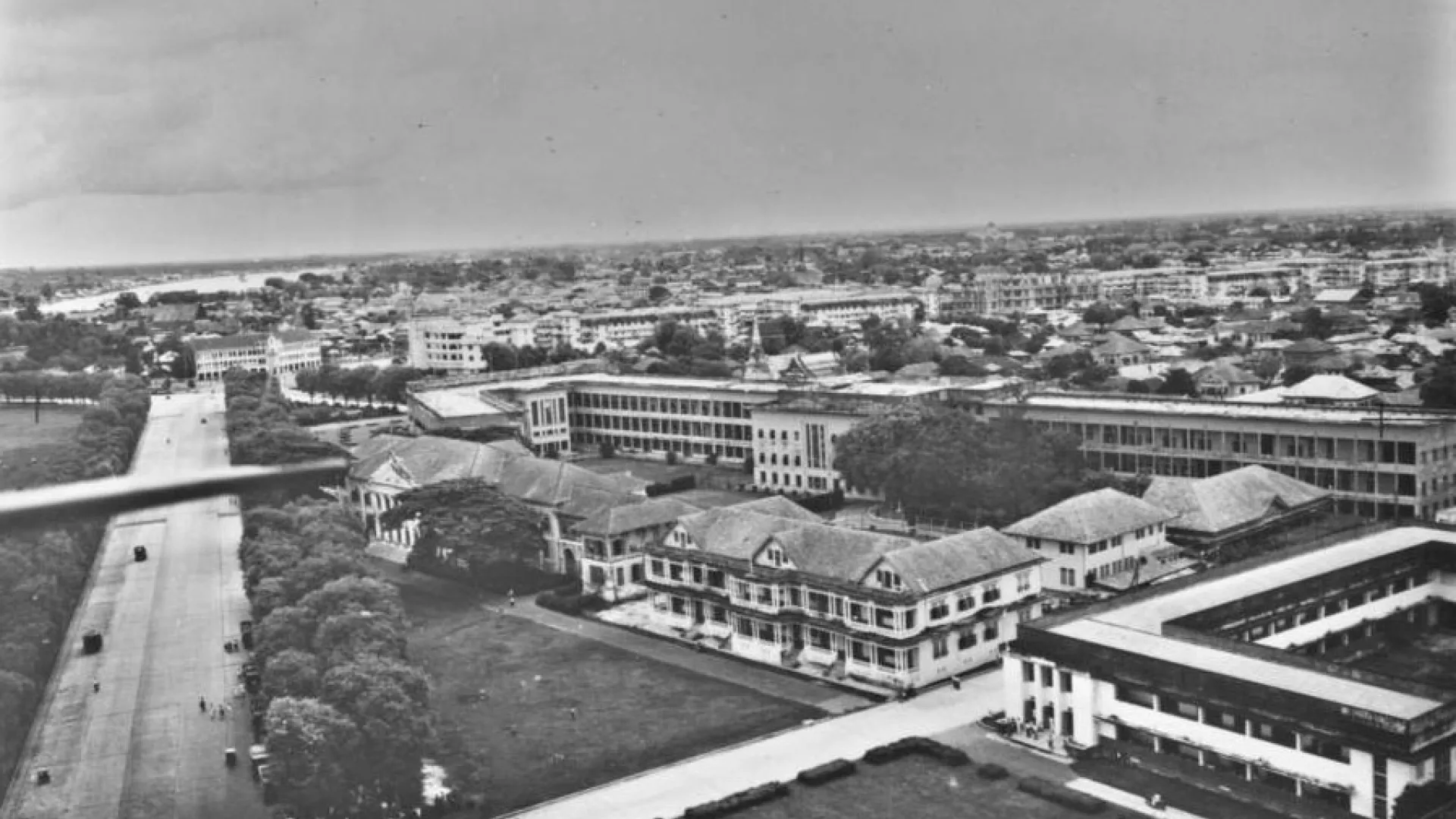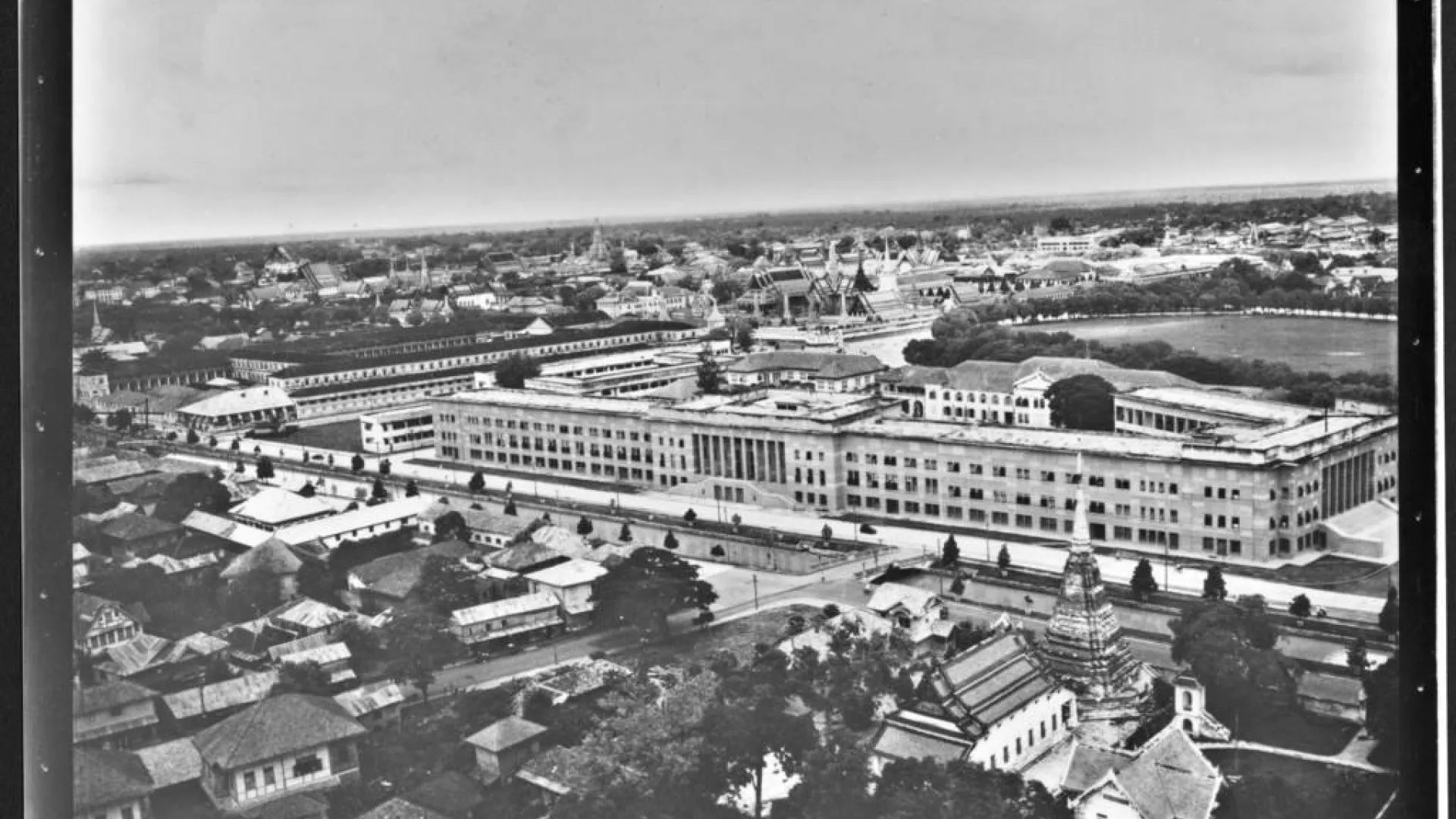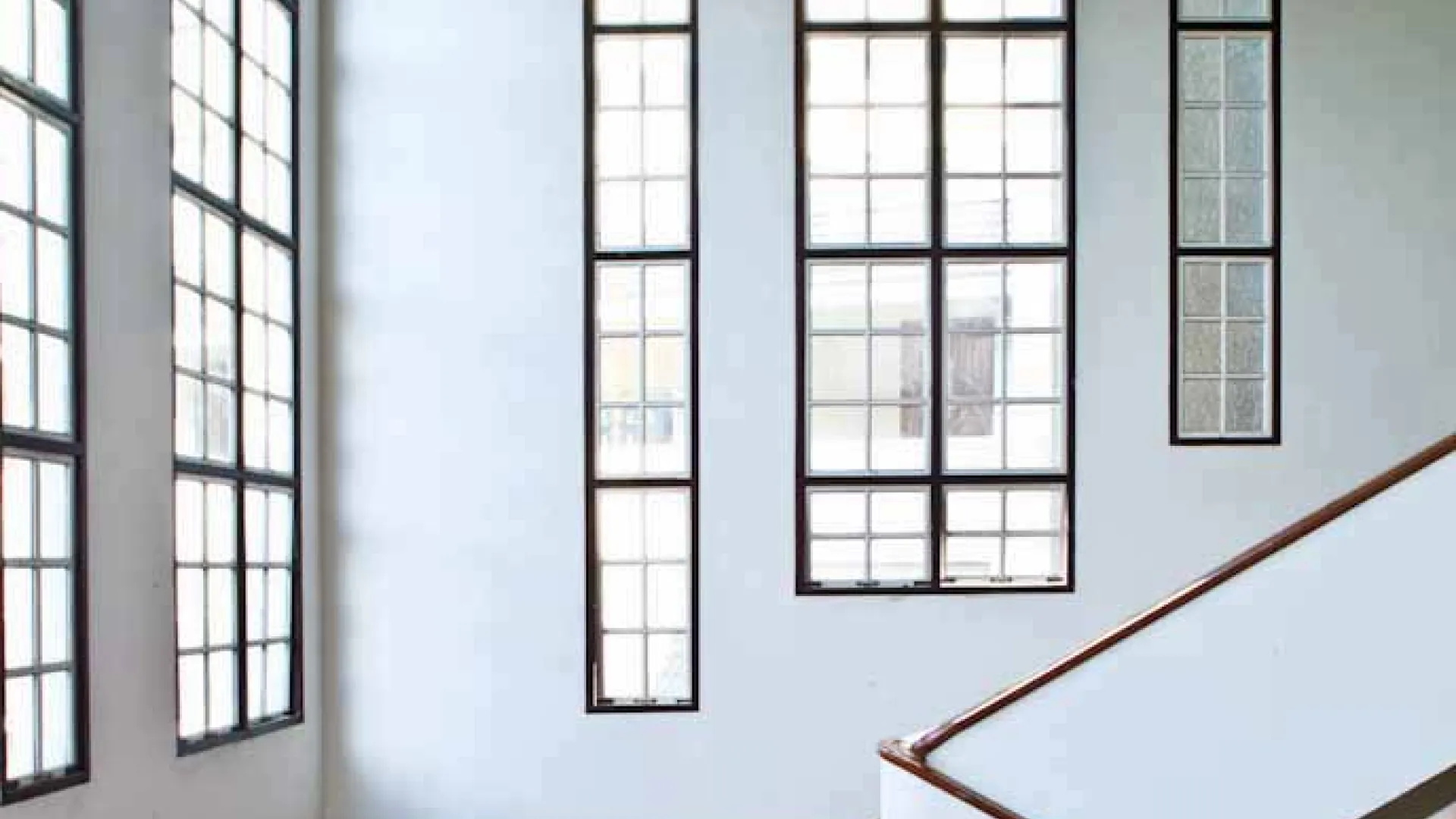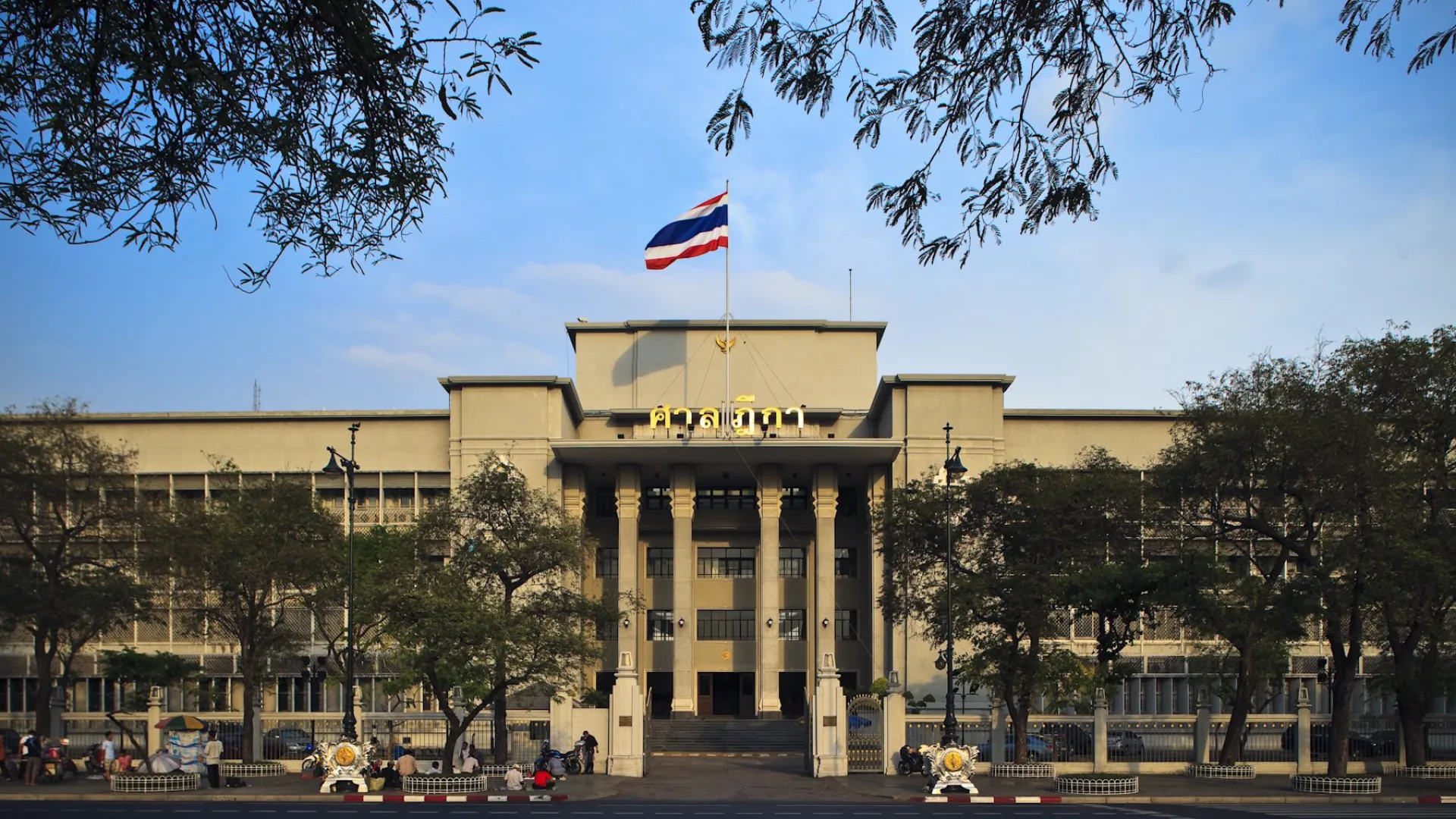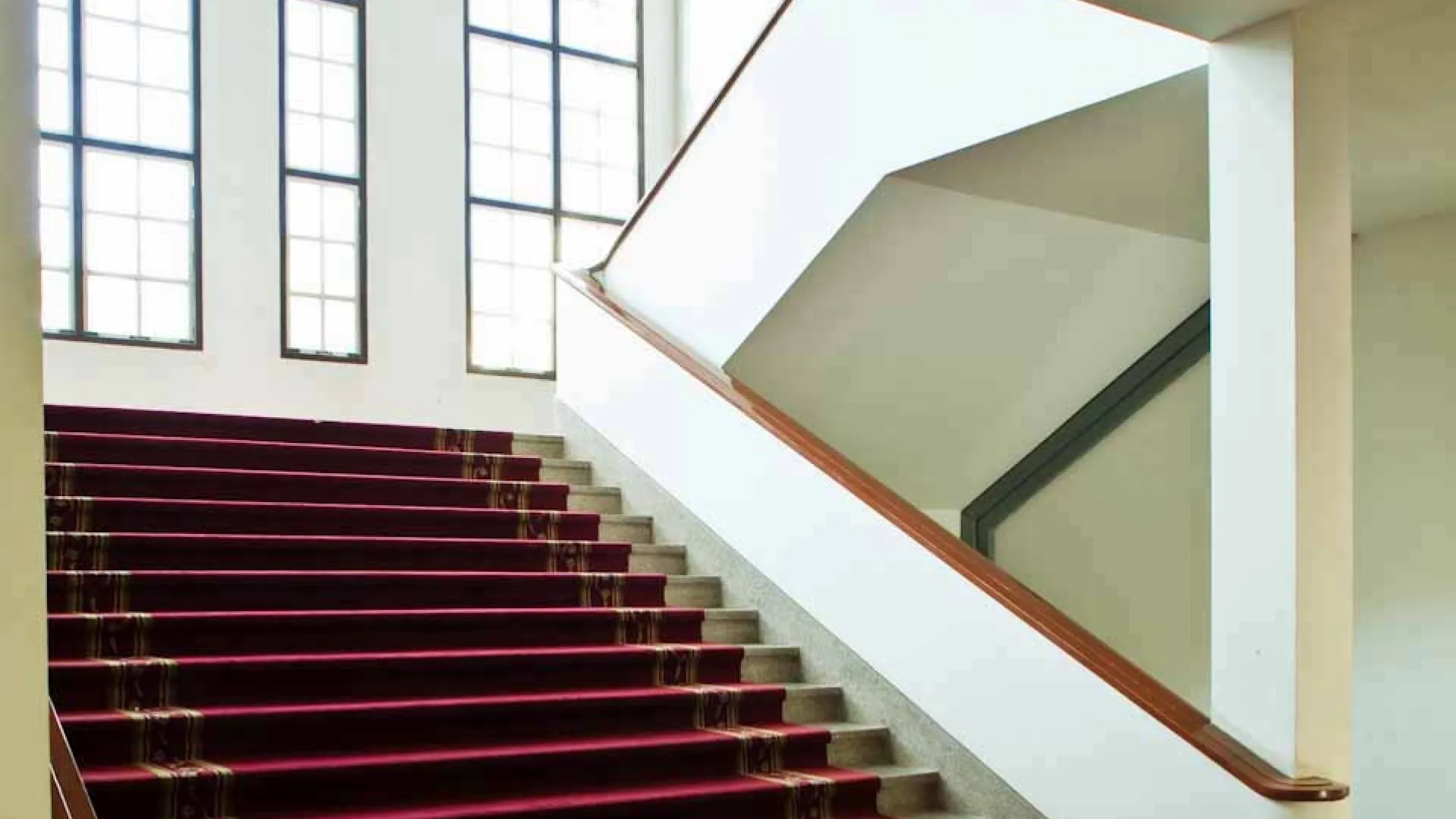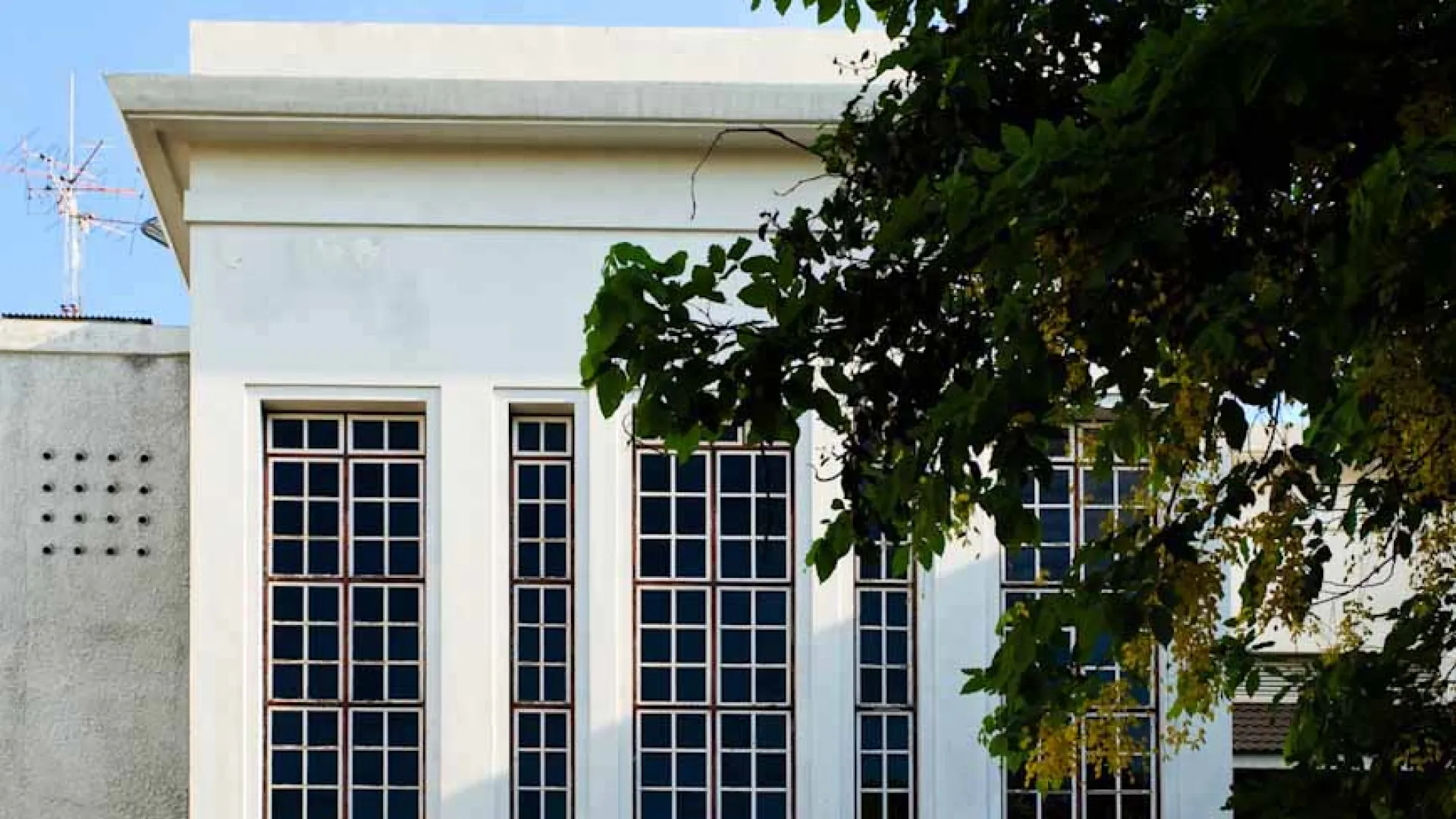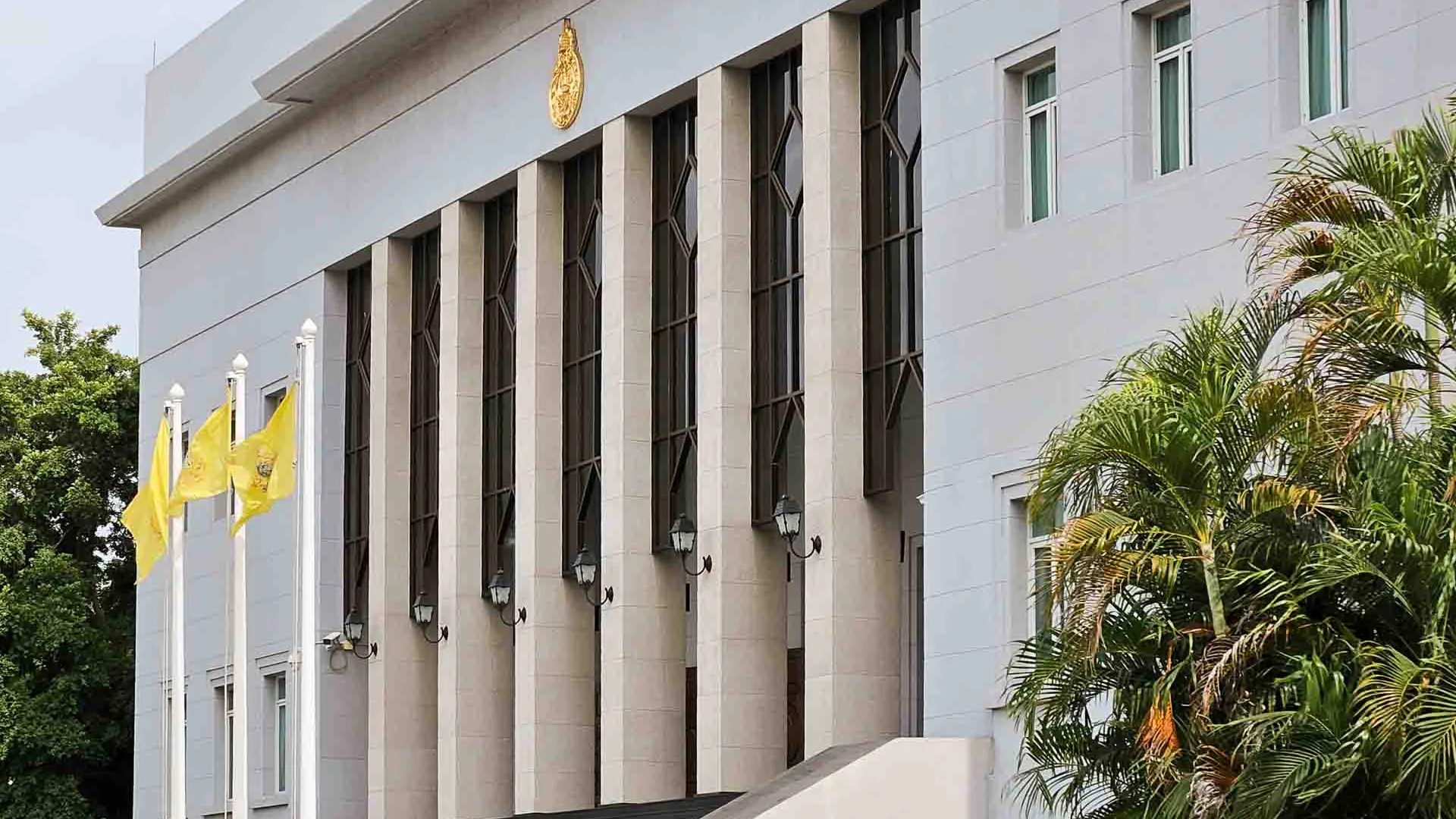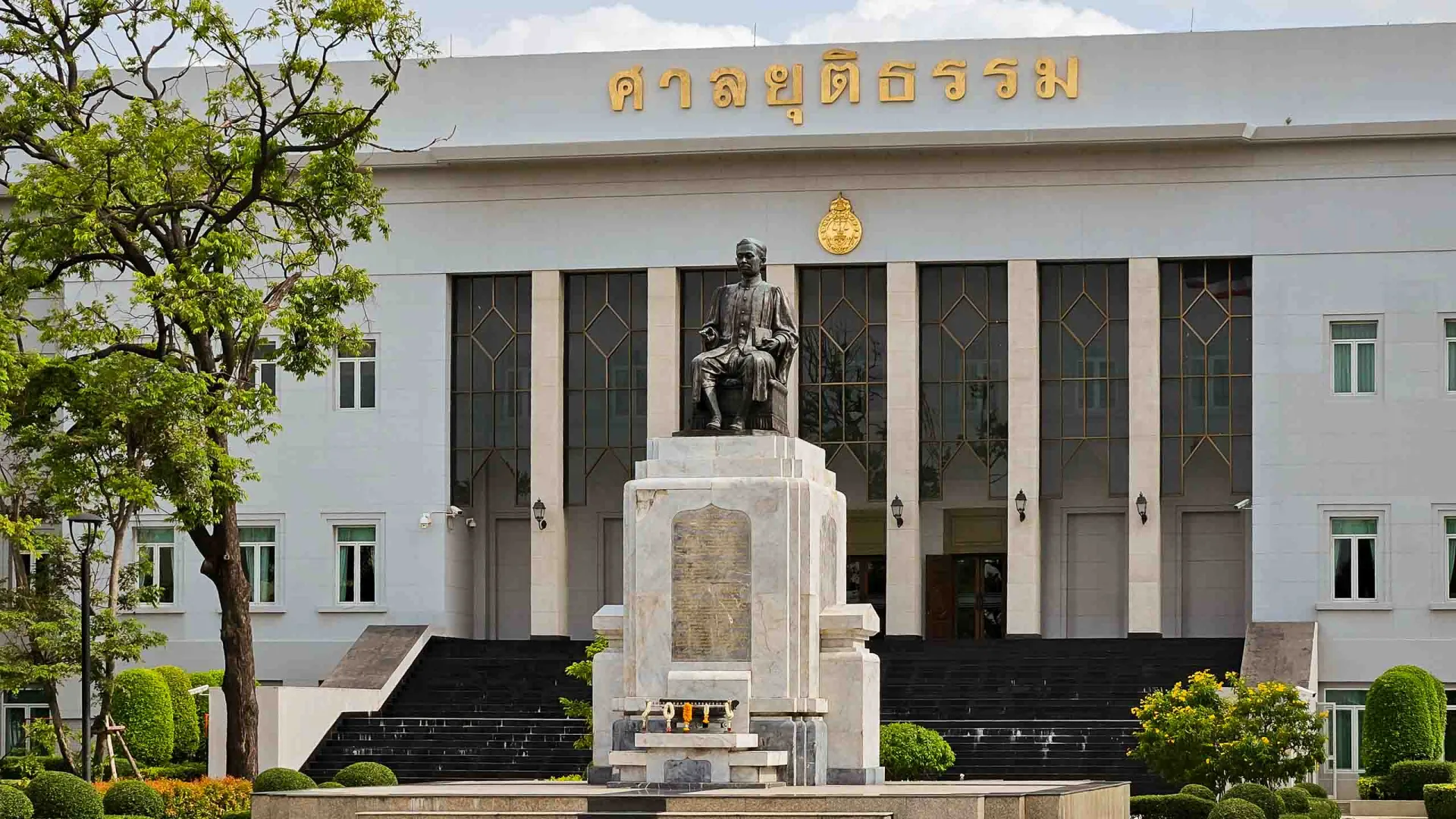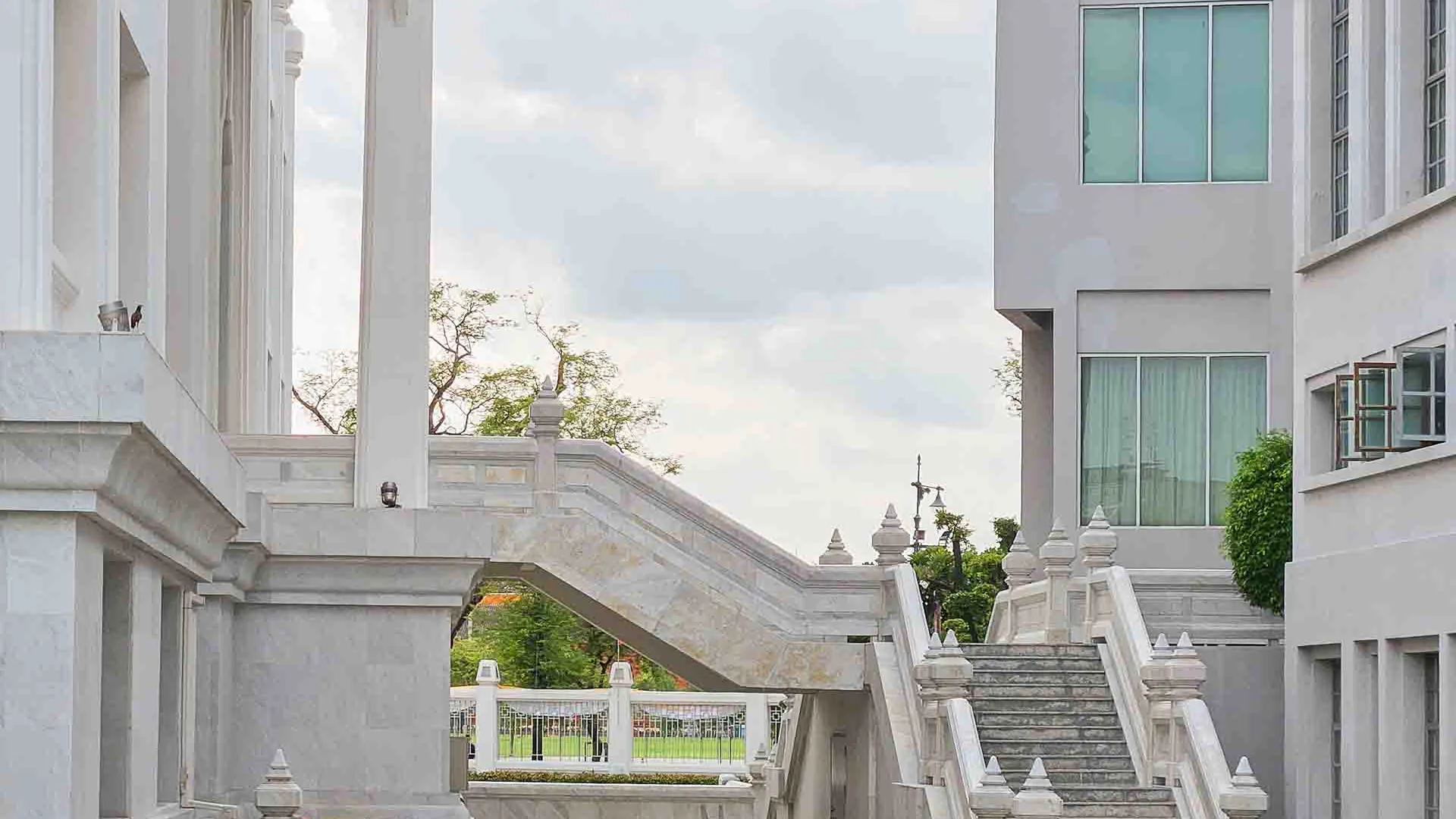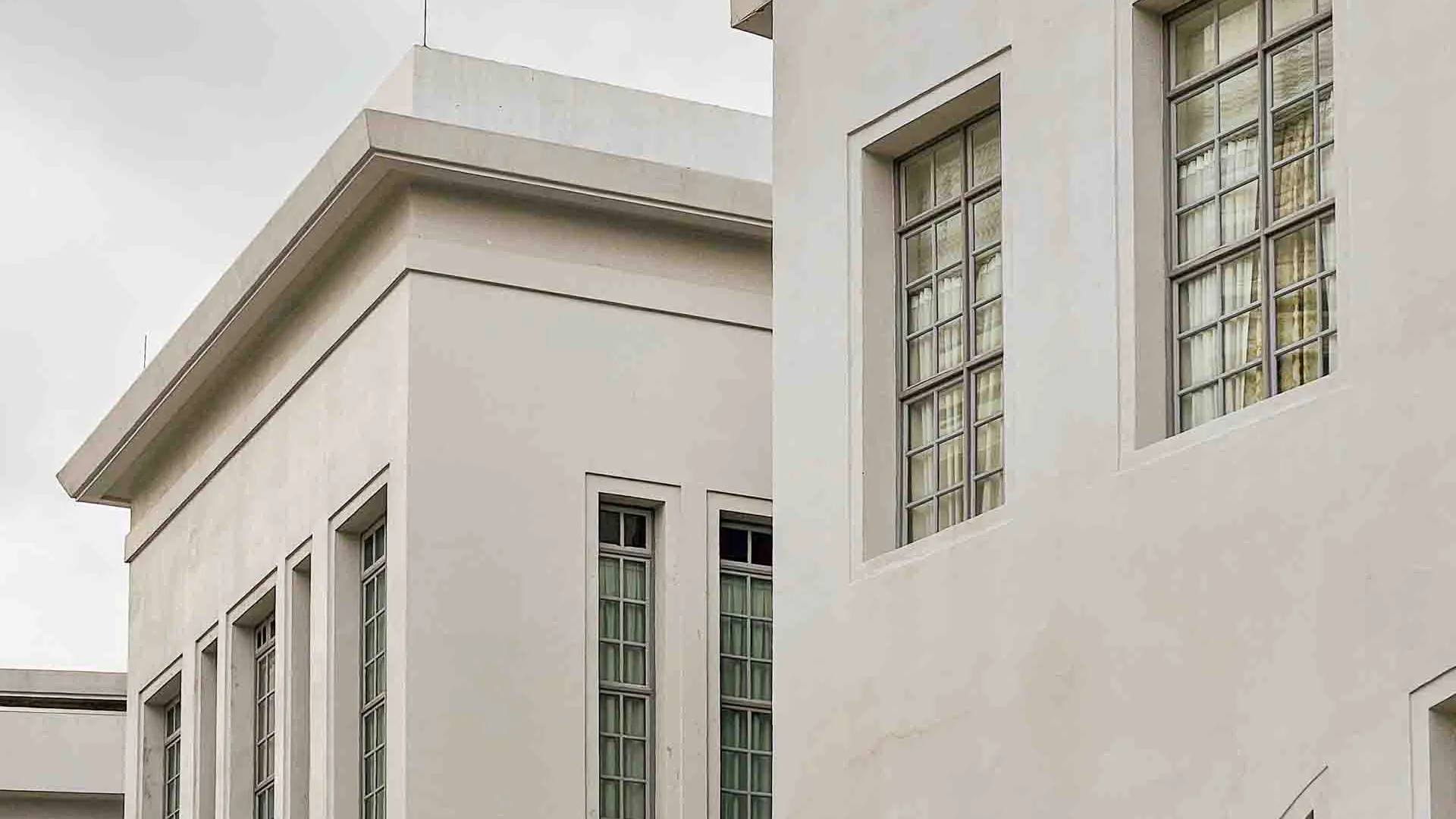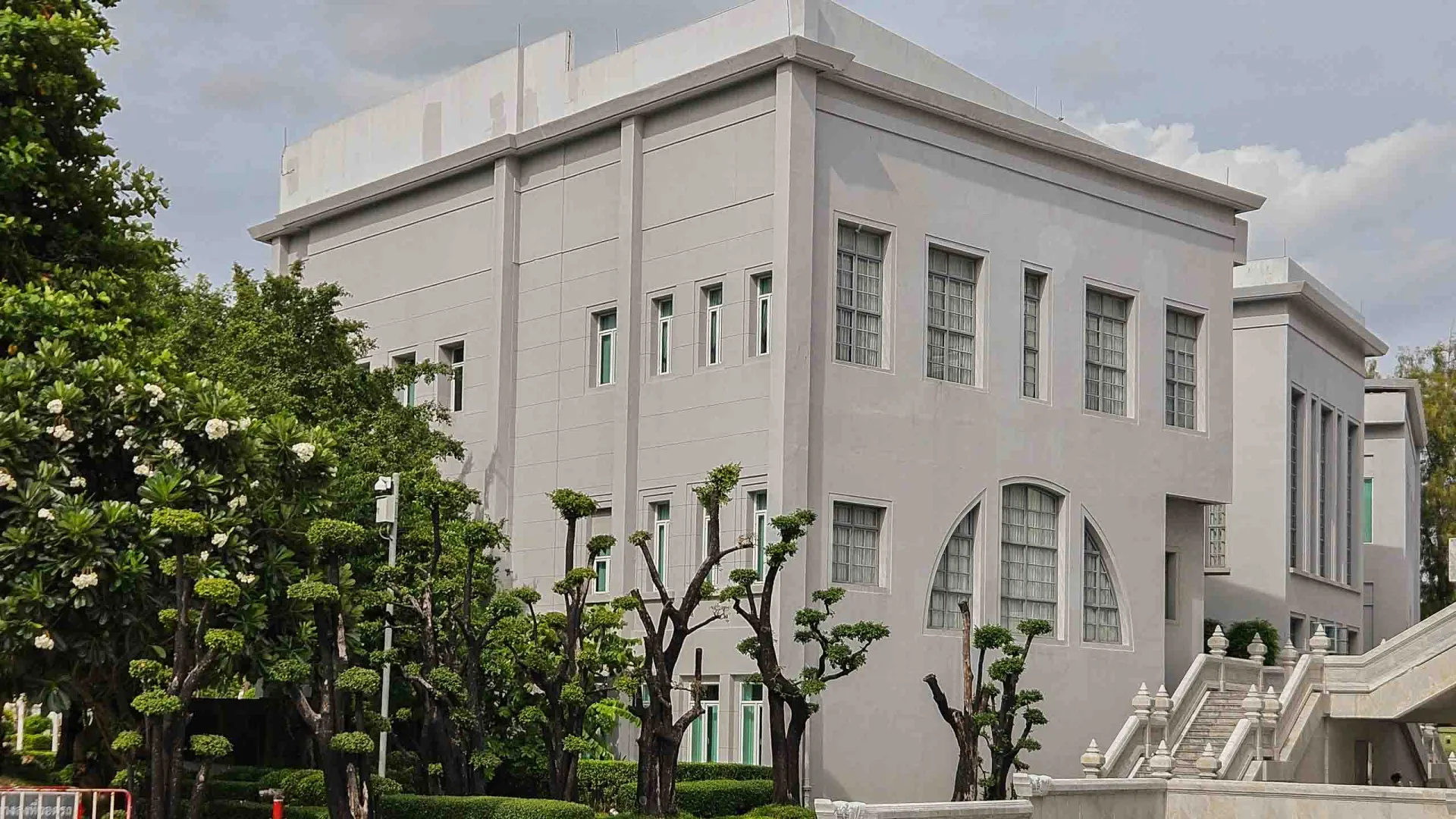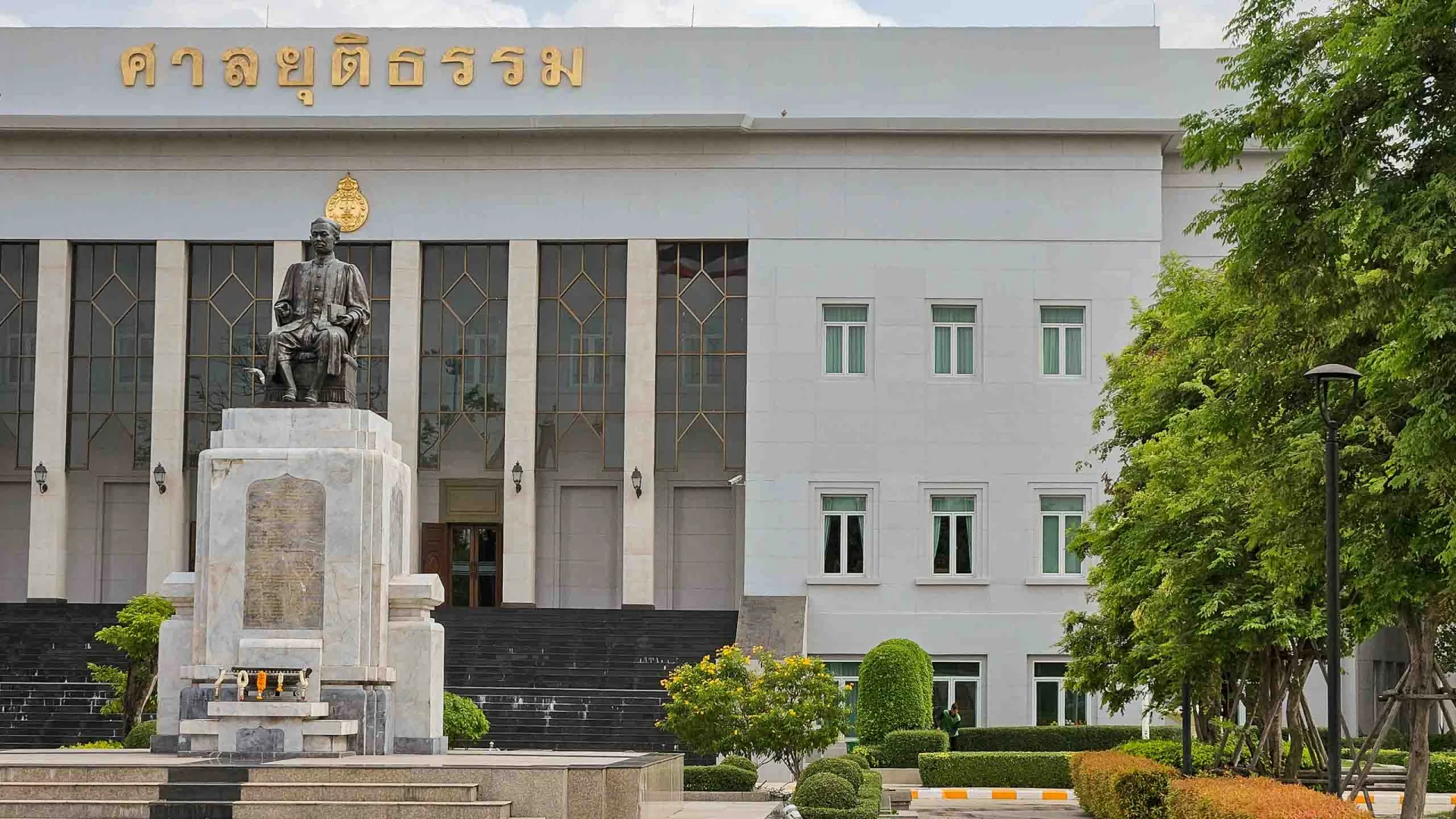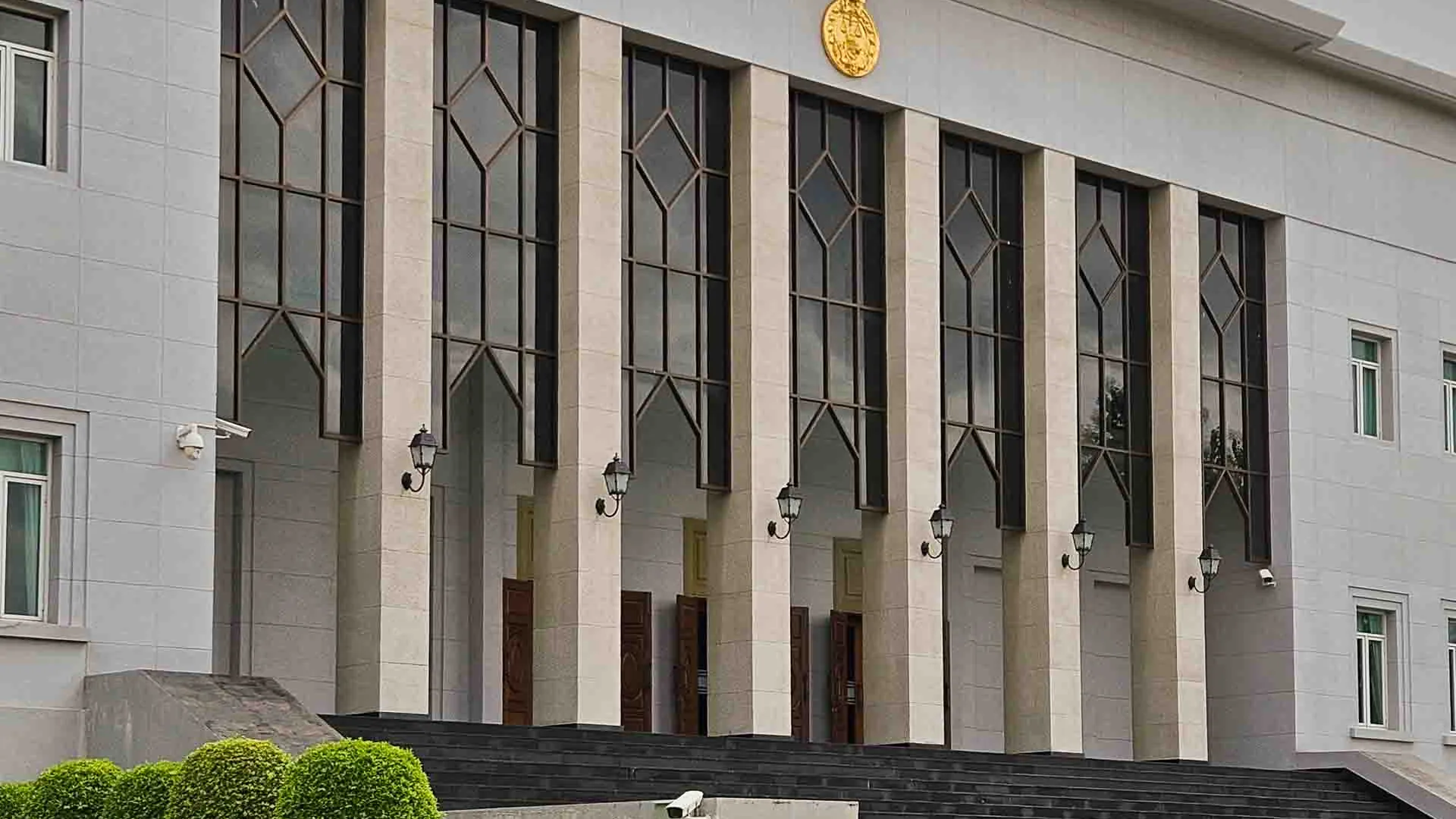Although Thailand is renowned for never having been colonized or having lost its sovereignty to any foreign power, many may not know that there was a time when Thailand lost its judicial sovereignty for over 80 years. This began with the signing of the Bowring Treaty with the United Kingdom during the reign of King Rama IV (1855). This treaty granted foreigners trading with Thailand "extraterritorial rights," meaning they were not subject to Thai courts if they committed crimes in Thailand but were instead tried in consular courts of their respective countries. This effectively meant that Thailand had lost part of its national sovereignty to foreigners, akin to accepting some form of colonial control. After the People's Party successfully revolutionized the government and announced the Six Principles in 1932, the principle of independence was presented as the foremost priority. Within the context of this declaration, independence also implied the full restoration of judicial sovereignty. Immediately upon taking control, Pridi Banomyong led the charge to reform the legal system to align with the new era and gradually renegotiated this treaty with various countries, completing this process in 1938. The following year, the government celebrated this significant achievement in conjunction with National Day celebrations. One tangible symbol of this success was the construction of the new Supreme Court building, which began in 1939.
The Supreme Court complex consists of several buildings, but the buildings that serve as a monument to the declaration of judicial independence are the V-shaped buildings of modern architecture. These were designed by Phra Sarot Rataninamong (Sarot Sukayang), in collaboration with Miew Aphaiwong, Luang Burakam Kowit, F. Pitono, and Luang Jakrapan Srivisut. Although the buildings were designed together, they were not constructed all at once. The first building, the tip of the V, began construction in 1939 to serve as the Ministry of Justice. It was completed and officially opened on June 24, 1941, with six pillars at the front symbolizing the six principles. The second building, the wing of the V adjacent to the Khu Muang Derm canal, was constructed in 1941 and opened on June 24, 1943. The wing on the Ratchadamnoen Nok Road side was not constructed following the original plan due to World War II. It was later redesigned and construction began in 1959, completed and opened in 1963. The People's Party's deliberate choice of modern architecture for this complex (along with other buildings from the era) reflected their political ideology of opposing, competing with, and challenging the legitimacy of the old power groups, meaning the monarchy and royalists.
However, despite the grand celebrations and inauguration, the significance of this building complex was lost after the People's Party lost power. Similarly, the meaning of being a symbol of judicial independence was distorted by royalist efforts after 1957, with explanations asserting that Thailand had achieved full judicial independence since the reign of King Rama V. This narrative was tied to the creation of the memory of the "Father of Thai Law" in the figure of Prince Raphi Phatthanasak. Consequently, around 2006, there was a proposal to demolish the Supreme Court complex, as the proponents viewed the old complex as dilapidated and unusable. They proposed a new design in a retro Thai architectural style. The intention to demolish and rebuild (effectively dismantling the legacy of the People's Party) was realized in 2013. It is indeed unfortunate that this historically significant complex, both in terms of architectural style and symbolic meaning, has now been lost.
